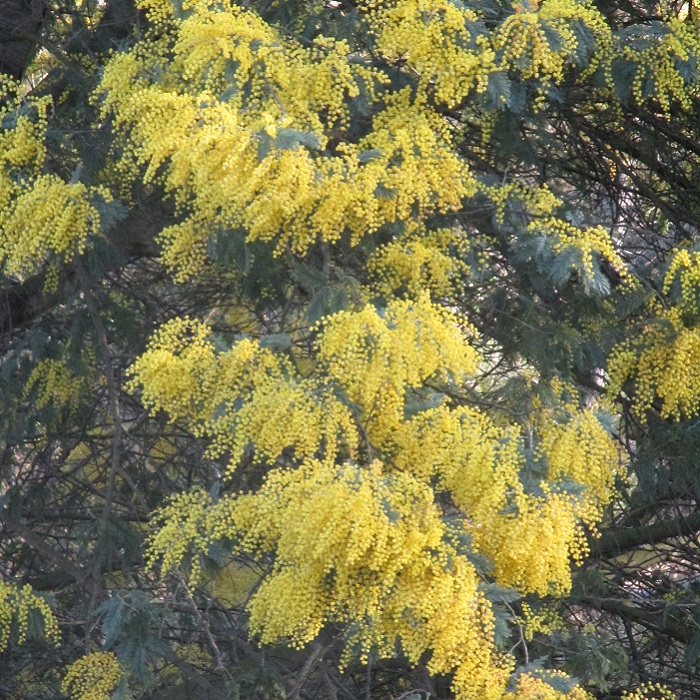UNITED STATES—With few exceptions, the most aggressively invasive weeds here are exotic. In other words, they are not native. They came from other regions where they were likely compliant participants of their respective ecosystems. At home, where they must compete with other members of their ecosystem, they may not be so aggressively invasive. Ecology is the opposite of a home field advantage.
Exotic species become invasive weeds in foreign ecosystems for a variety of reasons. For some, the climate is more favorable. Some grow and proliferate more freely without diseases, insects and animals that troubled them back home. There are also several that simply compete more aggressively for space and resources than native species are accustomed to. It is a jungle out there.
Most invasive exotic species are annuals. Many are biennials or perennials. Some are vines, shrubs or even trees. Most were imported intentionally, for a variety of reasons, and then naturalized. Forage and cover crops were some of the earliest of exotic species to become invasive. Other invasive species escaped from home gardens. Imported blue gum eucalyptus provided lumber and wood pulp.
This is a good time for weeding.
Regardless of their origins or physiological forms, invasive species are weeds. They compete for the same resources that desirable plants use, and also impede on the aesthetic appeal of gardens and landscapes. Some types of weeds become hazardously combustible. Even if not directly problematic, invasive weeds disperse seed that can be problematic nearby, and many disperse stolons.
Most weeds start early and grow fast to get ahead of their competition. They are more active at this time of year than at any other time. They are also vulnerable. While the soil remains damp from winter rain, they are relatively easy to pull intact. They have not yet dispersed seed for their subsequent generation. Later, they are likely to leave behind seed and bits of roots that can regenerate.
It is important to pull or grub out seedlings of unwanted shrubbery and trees, as annual weeds, since they are likely to regenerate if merely cut.
Highlight: Silver Wattle
Almost everyone on the West Coast of California has encountered silver wattle, Acacia dealbata. Some of us know how resilient it is to most methods of eradication. The more fortunate enjoy its magnificently bloom from a distance. It is almost never planted intentionally. It is an aggressively naturalized exotic species. Most grows wild near roadside ditches. Some invades home gardens.
The profuse and bright yellow bloom of silver wattle is spectacular while most deciduous trees remain bare late in winter. Big and billowy trusses of smaller round floral structures obscure most of their slightly grayish foliage. The many individual staminate flowers within this impressive bloom are actually minute. Their hearty floral fragrance is appealing to some, but objectionable to others.
Silver wattle lives fast and dies young. Some trees are so vigorous while young that they are unable to support their own weight. Without appropriate pruning, they simply fall over. Even stable and structurally sound trees deteriorate after about 30 years. Few survive for fifty. They seed prolifically though! Mature trees can get forty feet tall. The finely textured foliage is bipinnately compound.
Horticulturist Tony Tomeo can be contacted at tonytomeo.com.






